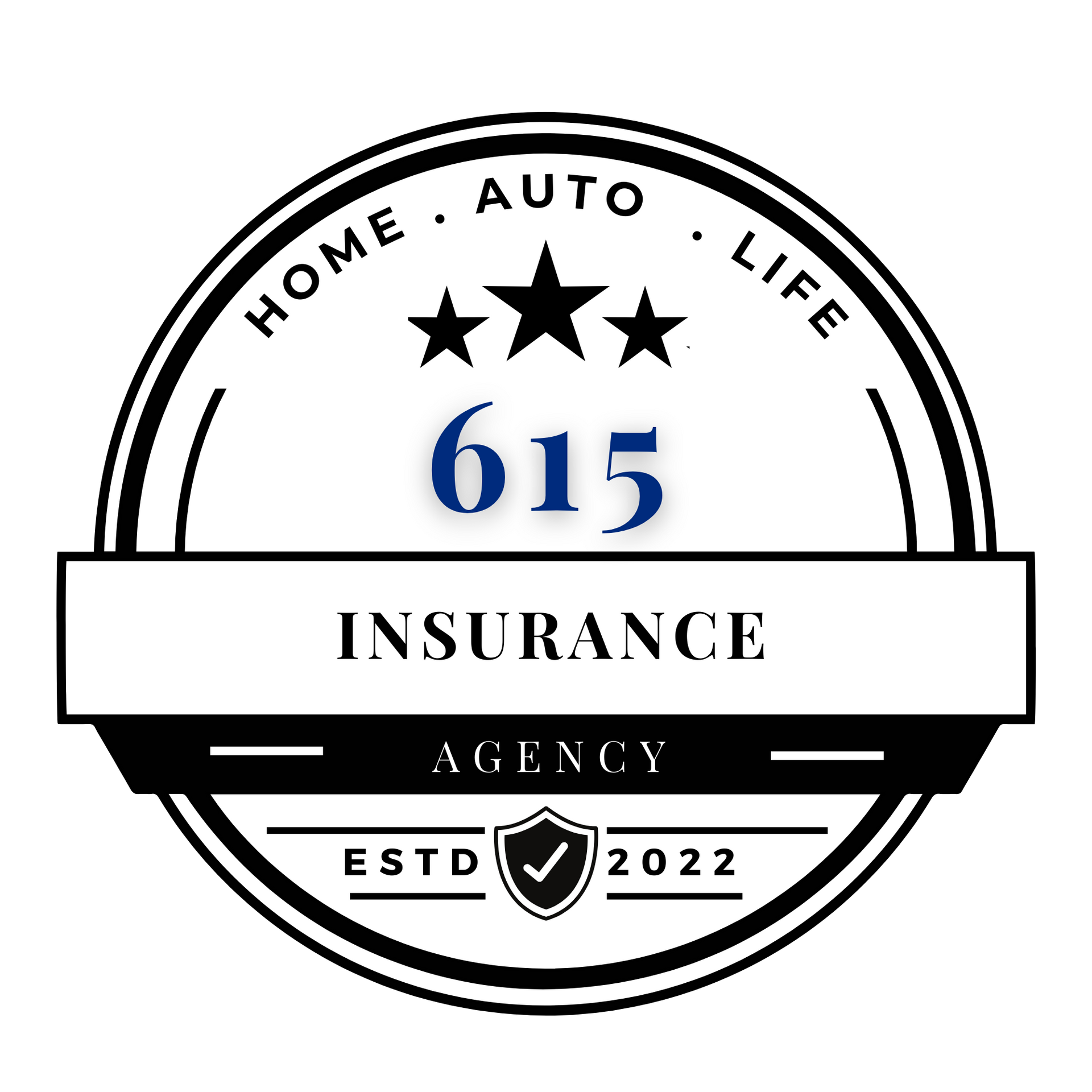lance • July 9, 2025
Replacement Cost vs. Actual Cash Value: What’s the Difference and Which Is Better for You?
Is Replacement Cost Worth It?
When purchasing an insurance policy—whether for your home, car, or personal belongings—understanding the details of your coverage is essential. One of the most important distinctions to grasp is the difference between Replacement Cost (RC) and Actual Cash Value (ACV).
These terms may seem similar, but they represent significantly different ways insurance companies determine how much you'll receive when you file a claim.
Let’s break down each concept, examine how they work, and help you determine which option makes the most sense for your needs.
What Is Replacement Cost (RC)?
Replacement Cost
refers to the amount of money it would take to replace
a damaged or destroyed item with a brand-new one of similar kind and quality, without deducting for depreciation.
For example, if your 5-year-old TV is stolen and your policy covers replacement cost, your insurer would pay you the amount it would cost to buy a new, comparable TV today—not what your 5-year-old TV was worth at the time it was stolen.
Key Features of Replacement Cost:
• Pays for brand-new items of like kind and quality.
• No deduction for depreciation.
• Often requires proof of replacement or purchase.
• Typically comes with higher premiums than ACV policies.
Pros of Replacement Cost:
• You can replace items with new versions, not used ones.
• Better financial recovery after a loss.
• Especially helpful in catastrophic events (e.g., house fires or floods).
Cons of Replacement Cost:
• Higher premiums.
• Reimbursement may happen in two stages: initially paying ACV, then reimbursing the rest once you show proof of replacement.
What Is Actual Cash Value (ACV)?
Actual Cash Value
takes depreciation
into account. It pays you what the item was worth at the time of loss, based on its original cost minus depreciation for age, wear and tear, or obsolescence.
Going back to our TV example: If your stolen 5-year-old TV originally cost $1,000, but has depreciated to a value of $300, your ACV policy would reimburse you only $300.
Key Features of Actual Cash Value:
• Depreciation is subtracted from the original value.
• Lower premium cost.
• Often used in older home or auto insurance policies.
Pros of Actual Cash Value:
• Lower monthly or annual premiums.
• Easier to administer and faster claim payouts.
• May be suitable for older belongings or assets.
Cons of Actual Cash Value:
• You may not receive enough to replace lost items with new ones.
• Can leave you financially burdened after a large loss.
Real-Life Example: Homeowner’s Insurance
Let’s say your kitchen catches fire, damaging cabinets, appliances, and furniture. The cost to fully replace these items with new ones is $25,000.
• With Replacement Cost Coverage:
Your insurer would reimburse you the full $25,000, minus any deductible, provided you replace the items.
• With Actual Cash Value Coverage:
Your insurer would deduct depreciation. If your items had depreciated by 50%, you’d only get $12,500, minus your deductible.
In this case, having replacement cost coverage could be the difference between rebuilding your kitchen or going into debt to do so.
When to Choose Replacement Cost Coverage
Replacement cost is often the preferred choice for homeowners and renters who want to be able to restore their property or possessions without taking a financial hit.
It’s best for:
• Homeowners
wanting full restoration after damage.
• Renters
with valuable possessions like electronics or furniture.
• Policyholders in areas prone to natural disasters
who need complete financial protection.
Replacement cost is also strongly recommended if you're insuring:
• New or recently renovated
homes
• High-value
personal items (e.g., tech, jewelry, designer items)
• Business property
(computers, tools, office equipment)
While it comes at a higher premium, the peace of mind and protection it offers can be well worth the extra cost.
When to Consider Actual Cash Value Coverage
Actual Cash Value may be the right choice for those who are looking to save money on premiums and are okay with receiving less in a claim settlement.
It’s best for:
• Owners of older homes or vehicles
where replacement is impractical.
• Those on a tight budget needing affordable coverage.
• People with fewer valuables or possessions that can easily
be replaced.
If you have outdated furniture or electronics you wouldn’t replace with the latest version, ACV may be a practical and cost-effective option.
How Do Insurers Determine Depreciation for ACV?
Depreciation is calculated based on:
• The item’s age
• Its expected useful life
• Its current condition
• And the market value
at the time of the loss
For instance, if you bought a couch 10 years ago for $2,000 and its expected lifespan is 15 years, a loss today might result in a reimbursement of around $667 (10 years used ÷ 15-year life = ⅔ depreciation).
That depreciation can add up quickly
across an entire home of belongings.
RC vs. ACV in Auto Insurance
In auto policies, the distinction is just as important.
• Actual Cash Value
is the default in most standard car insurance policies. After a total loss (like your car being totaled in an accident), your insurer will typically pay what your car was worth just before the crash.
• Replacement Cost
for vehicles is rare but available as an add-on with some insurers, especially for new cars. This ensures you receive enough to buy the same or similar model new, not just the depreciated value.
If your vehicle is brand-new or nearly new, it may be worth asking your provider about replacement cost endorsements or new car replacement policies.
How to Choose Between Replacement Cost and ACV
When choosing between these two options, ask yourself the following:
• Can I afford to replace my belongings or property out-of-pocket if they’re only partially reimbursed?
• Is the higher premium for RC coverage within my budget?
• Do I own new or high-value possessions that I want fully replaced if damaged?
• Am I comfortable with the idea of replacing items with used or outdated versions under ACV coverage?
In general, replacement cost coverage offers more complete protection, but actual cash value may be better for those looking to reduce premium costs.
Hybrid Policies and Endorsements
Some insurers offer hybrid policies or endorsements where you can combine both types of coverage or upgrade from ACV to RC for specific items. For example:
• Add RC for your personal property only
• Keep ACV on the structure of your home to reduce premium
• Add RC endorsement for your electronics or home office setup
These customizable options allow you to fine-tune your coverage based on your budget and your most important possessions.
Final Thoughts
Understanding the difference between Replacement Cost and Actual Cash Value
can make all the difference when disaster strikes. While it’s easy to focus on monthly premiums, the real test of your policy comes when you file a claim.
If you want to restore your home or replace your belongings without major financial loss, replacement cost coverage is often the better choice. But if affordability is your top priority and you’re okay with some compromises, actual cash value coverage may work just fine.
The best way to choose? Speak with a licensed insurance agent, evaluate your possessions, and get a detailed quote for both options. Then make an informed decision that protects not only your property—but your peace of mind.


